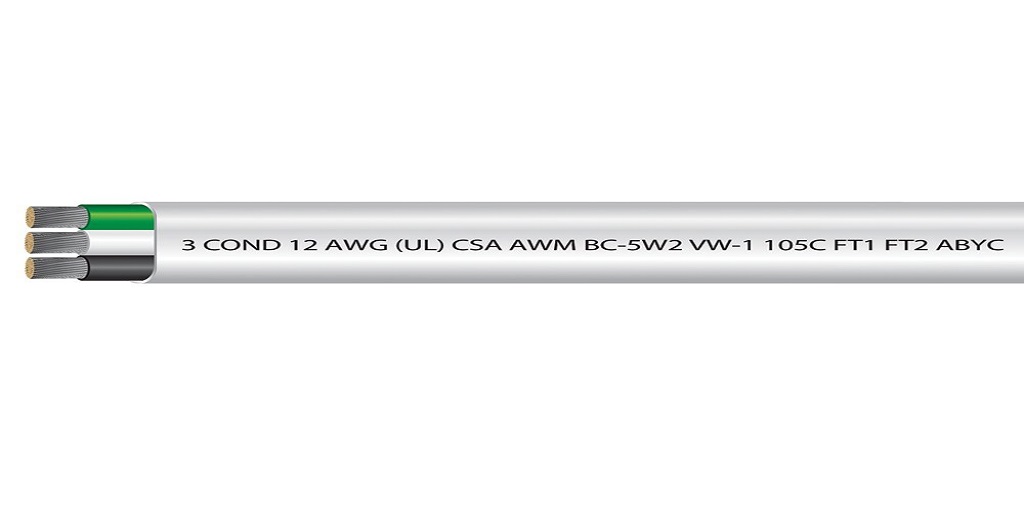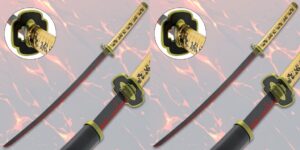
Marine technicians and boat owners know that power loss at sea isn’t a minor inconvenience—it’s a safety issue. Yet when it comes to electrical systems, boat battery cables are often treated as an afterthought. Understanding the differences in conductor types, routing methods, and sizing can make the difference between efficient energy transfer and premature system failure.
True Tinned Copper vs. Electroplated Conductors
Many assume all marine-grade cables are built the same, but that’s far from reality. The market includes a mix of true tinned copper conductors and lower-cost electroplated alternatives. At first glance, they may look similar, but under a microscope—and after a few months of exposure to salt air—the difference becomes clear.
True tinned copper is manufactured by bonding tin to each individual strand before stranding them together. This process creates a continuous barrier that resists corrosion even if the surface is scratched. Electroplated copper, on the other hand, only receives a superficial coating after stranding. Once that thin outer layer wears off or cracks, corrosion spreads quickly between strands, increasing resistance and heat buildup.
In lab corrosion tests conducted on similar gauge cables, tinned copper retained over 95% conductivity after extended salt-spray exposure. Electroplated cable dropped below 80%, a performance gap that directly impacts charging efficiency and battery life. For marine technicians or anyone working in coastal climates, the difference isn’t about price—it’s about long-term reliability.
Routing and Bundling
Even the best boat battery cables can underperform if they’re installed poorly. Routing and bundling practices influence both heat dissipation and electromagnetic interference (EMI). When multiple high-current cables are bundled tightly together, heat builds up faster than it can dissipate. This raises internal resistance, further reducing voltage stability.
Strategic routing—such as separating positive and negative runs or spacing bundles for airflow—helps maintain stable operating temperatures. It also limits EMI noise that can interfere with sensitive navigation and communication equipment. Technicians who route cables with airflow and distance in mind tend to see fewer voltage fluctuations and longer component lifespan.
Abrasion protection is another part of the equation. Using chafe guards or flexible conduit where cables pass through bulkheads prevents insulation wear and helps sustain insulation integrity. These small routing details translate into measurable gains in system efficiency.
Cable Size and Alternator Efficiency
A less discussed but critical factor is how cable size affects alternator performance. Undersized boat battery cables restrict current flow, forcing alternators to work harder to maintain output voltage. Over time, this heat stress shortens alternator life and reduces charging efficiency.
Oversized cables, though slightly costlier upfront, reduce voltage drop and allow more consistent charging—especially in dual-battery setups or house-bank systems. For example, upgrading from 8 AWG to 4 AWG on a 10-foot run can cut voltage loss in half, leading to faster charge recovery and cooler alternator operation.
Considering alternator replacements can cost hundreds or more, the investment in properly sized cables pays for itself quickly.
The Smarter Way to Power Your Vessel
Choosing the right boat battery cables isn’t about overengineering—it’s about understanding how small decisions compound over time. True tinned copper construction, proper routing for heat management, and correct sizing all contribute to system stability, reduced maintenance, and better charging performance.
For professionals and boat owners who value durability as much as efficiency, selecting quality marine-grade wiring is a smart move. Visit Electrical Wire & Cable Specialists online to explore dependable options designed to meet the real demands of marine environments.
For more information about Awg Fire Alarm Cable and Electrical Wire Supply Please visit: Electrical Wire & Cable Specialists.


